Survey sector highlights: tackling the body in 20th-century art
From the erotic to the evanescent, the body as both form and lived experience was a focus of 20th-century artists
登入並訂閱巴塞爾藝術展專題故事
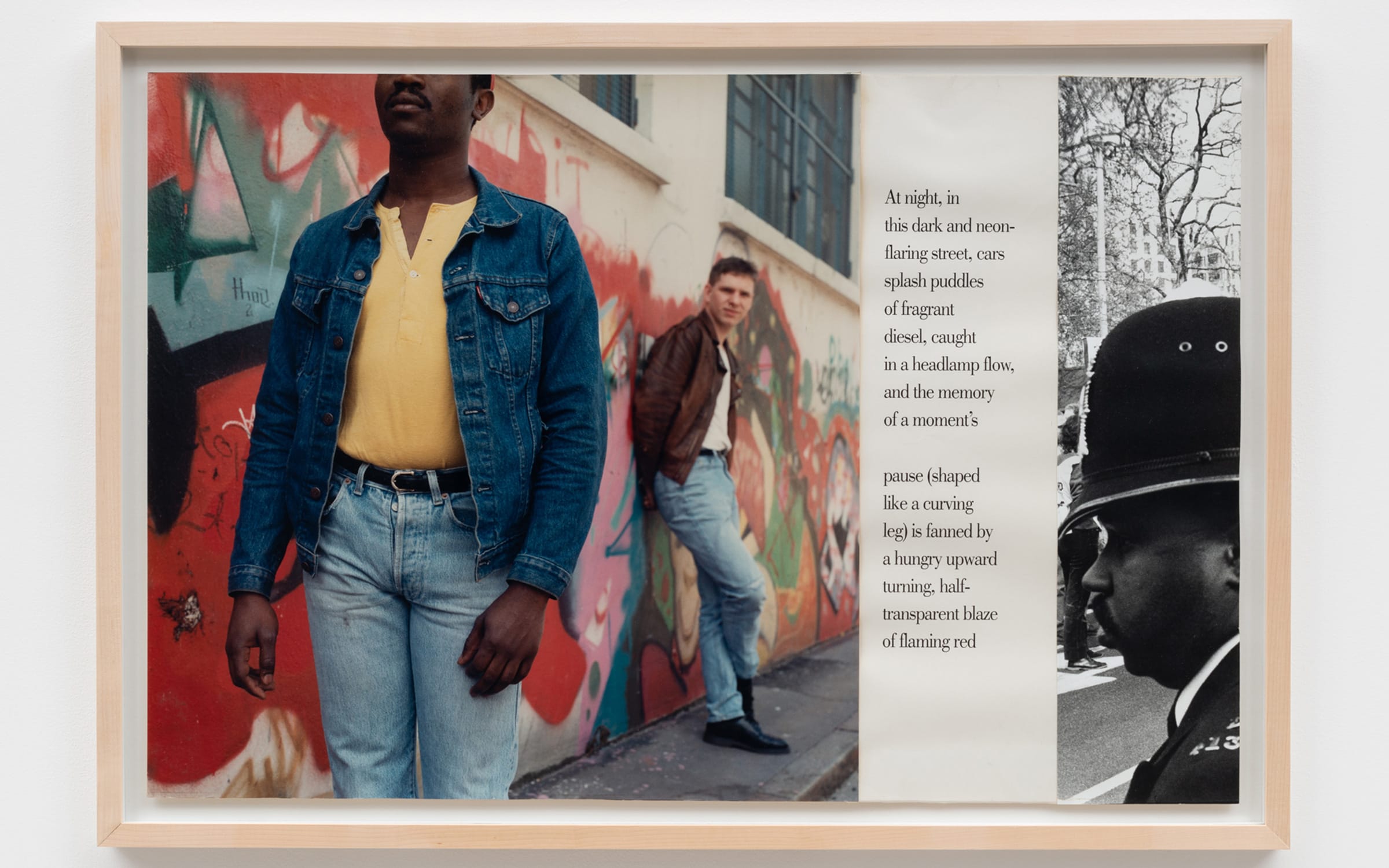
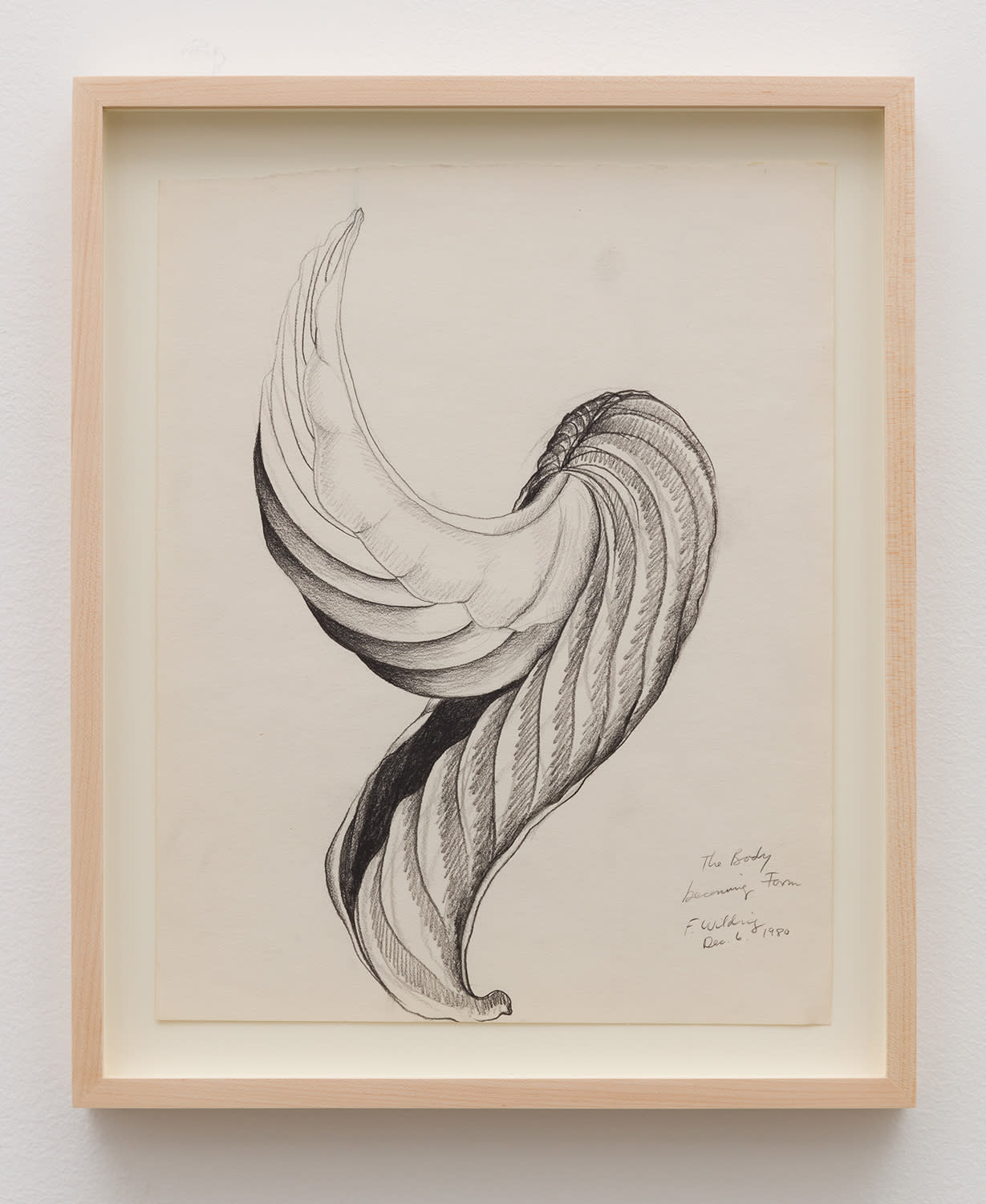
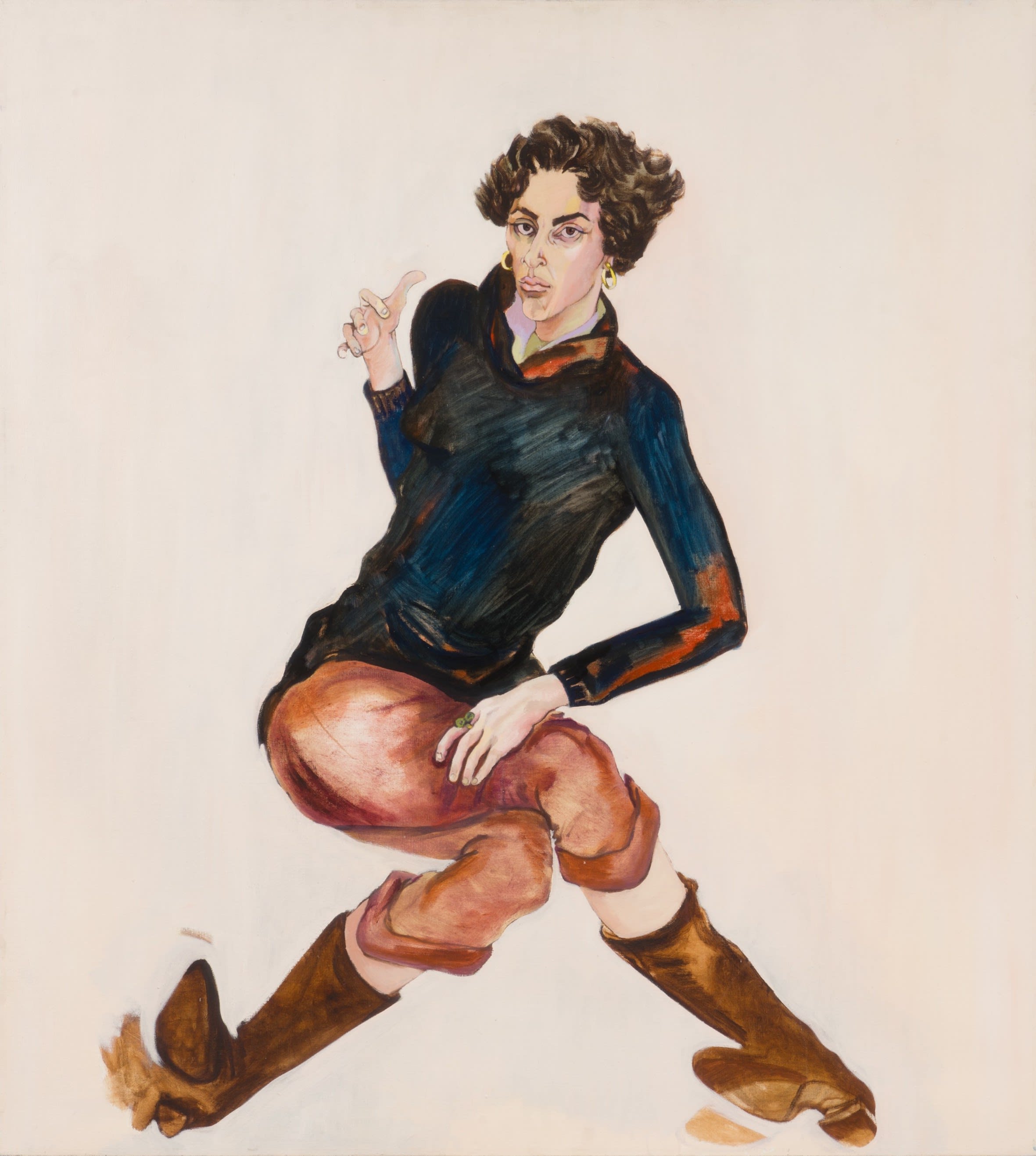
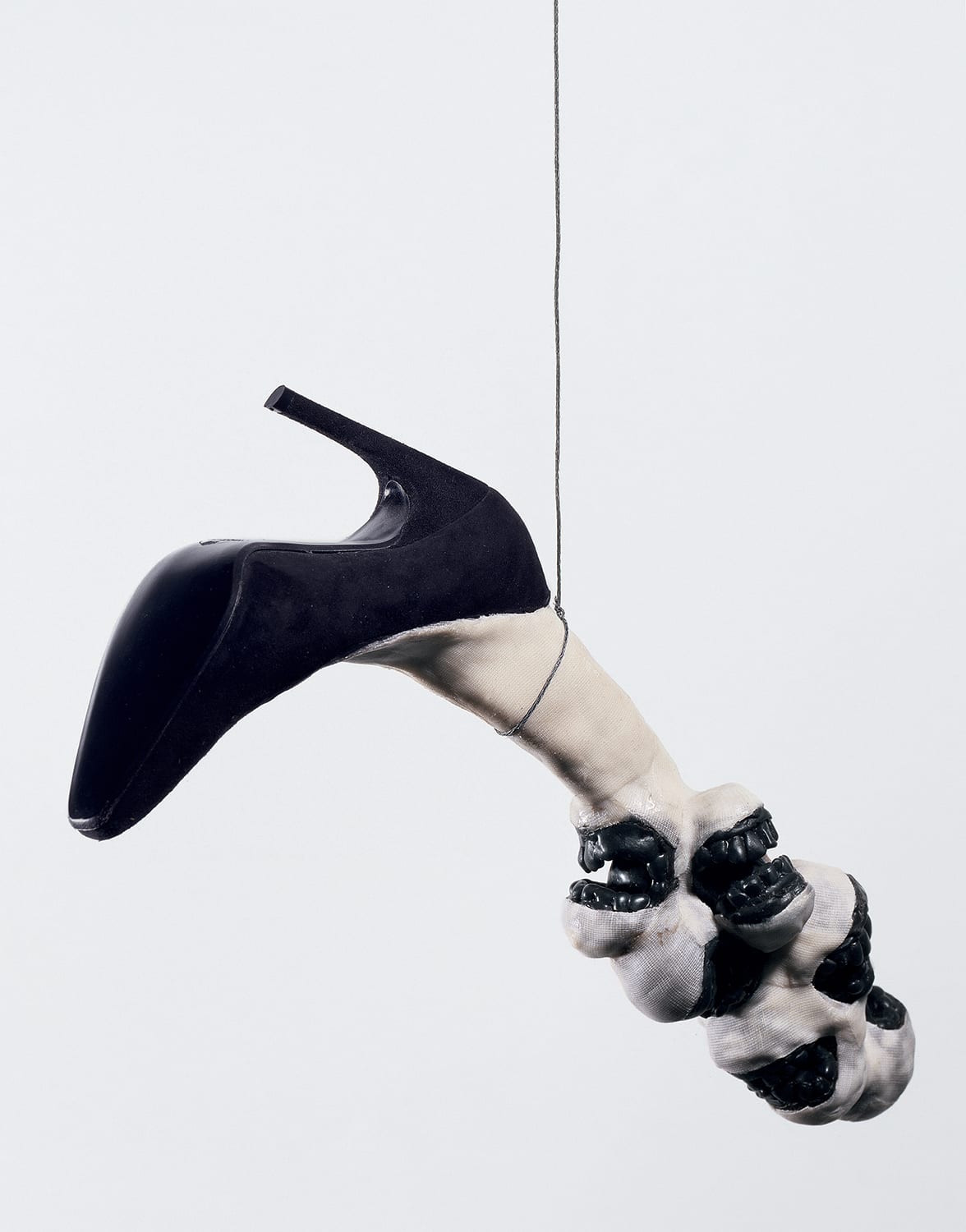
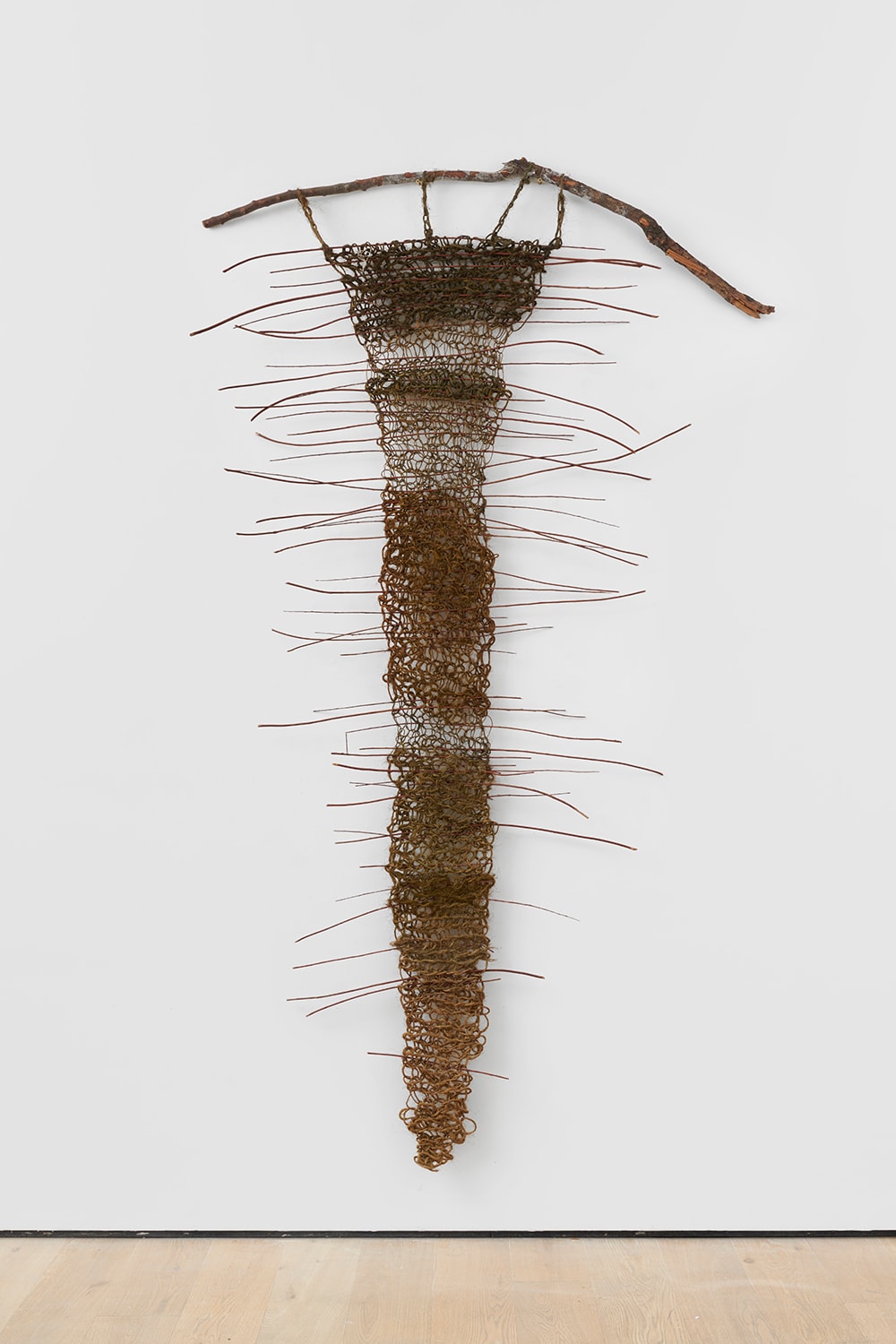
From the erotic to the evanescent, the body as both form and lived experience was a focus of 20th-century artists
登入並訂閱巴塞爾藝術展專題故事




